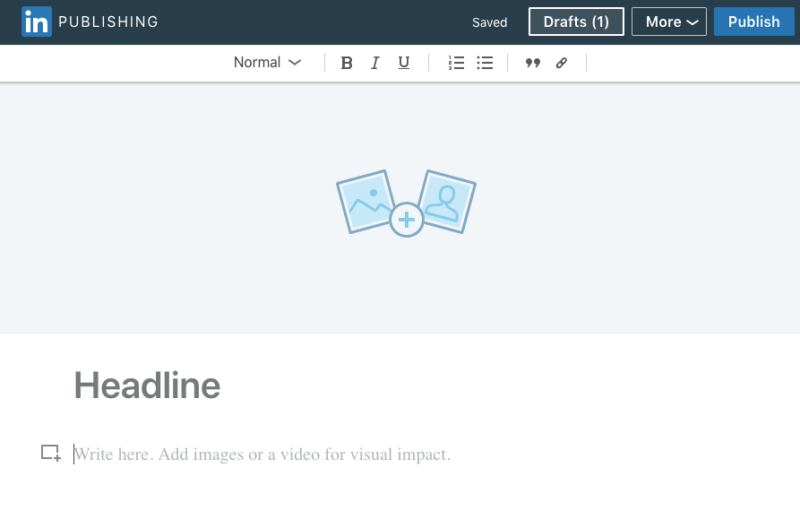When most people launch a new website, they use a shared hosting service to meet their web hosting needs. That’s because shared hosting is the most basic and cost-effective way to host a beginner website.
But as your site scales, its hosting needs are going to change. That’s when it’s time to start looking for a virtual private server—better known as VPS hosting.
VPS hosting is a step above shared web hosting. With a virtual private server, you’ll still be sharing a single server, but you’ll be sharing it with fewer websites.
Here’s how it works.
Basically, a virtual private server is one server that’s divided into separate virtual machines. Each virtual server can be run with custom configurations and separate operating systems.
VPS hosting comes with dedicated server resources as well. So even though you’re sharing a single server with other websites, your RAM and CPU are independent of those sites.
A virtual private server is best for those of you who want the benefits of a dedicated server, but don’t want to pay the high costs associated with dedicated hosting.
Here’s a visual representation that shows the difference between shared hosting, VPS hosting, and dedicated servers.

Most of you probably don’t need a dedicated server. But you’ll eventually outgrow your shared hosting plan.
Upgrading from a shared plan to a virtual private server will improve the speed and performance of your website. Since you won’t be sharing resources, your site will be more responsive on the user-end. VPS hosting is more equipped to handle traffic spikes as well.
For more information on how VPS stacks up against other hosting options, check out my guide on the best web hosting providers.
Virtual Private Server Reviews
Finding a VPS hosting plan can be intimidating. There are so many hosting providers out there offering VPS options. Taking the time to research all of them would take days.
Fortunately for you, I’ve already taken the time to do all of the research. I’ve gone through dozens of VPS hosting plans and narrowed down the top options for you to consider.
These are the top 7 VPS hosting providers:
I’ve included a detailed review for each one of these services below. I highlighted their plans and pricing while explaining what makes each one a top VPS hosting option. You’ll also learn about some of the potential downsides or weaknesses of these providers as well.
Bluehost
Bluehost is an industry leader in the web hosting space. Their VPS plans offer a wide range of hosting options, to accommodate the needs of nearly every website.
The reason why Bluehost stands out as a top choice to consider is because their virtual private servers offer both power and flexibility. They allow multi-server management, meaning you can add more space to your plan at any given time.
This is ideal for websites that need the ability to scale at a moment’s notice, without any delays or downtime. You’ll be able to accomplish this without any assistance from a Bluehost administrator, directly from your advanced cPanel.
Here’s an overview of Bluehost’s plans and pricing:
Standard VPS
- Starting at $19.99 per month
- 2 CPU cores
- 30 GB of SSD
- 2 GB of RAM
- 1 TB of bandwidth
Enhanced VPS
- Starting at $29.99 per month
- 2 CPU cores
- 60 GB of SSD
- 4 GB of RAM
- 2 TB of bandwidth
Premium VPS
- Starting at $49.99 per month
- 3 CPU cores
- 90 GB of SSD
- 6 GB of RAM
- 2 TB of bandwidth
Ultimate VPS
- Starting at $59.99 per month
- 4 CPU cores
- 120 GB of SDD
- 8 GB of RAM
- 3 TB of bandwidth
As you can see, Bluehost offers pricing and resources for websites of all shapes and sizes.
Even if you’re looking for an entry-level VPS plan, I’d still recommend starting with the Enhanced VPS as opposed to the Standard. For just $10 more per month, you’ll get double the SSD, RAM, and bandwidth.
Although it’s worth noting that the prices listed above are promotional rates only. You’ll end up paying $29.99, $59.99, $89.99, and $119.99, respectively, when your plan renews.
All Bluehost virtual private server plans include 24/7 support and a 30-day money-back guarantee. For a fair price, you’ll benefit from plenty of resources, support, and uptime compared to other options on the market.
InMotion
Unlike other web hosting providers that are best-known for shared hosting or dedicated servers, InMotion specializes in VPS hosting.
It’s a top choice to consider whether you’re upgrading from an existing plan or looking to host a brand new website.
One of the biggest differentiators of InMotion is that they offer traditional managed VPS hosting as well as Cloud VPS hosting. Altogether, they have six VPS plans (three for each category).
Let’s take a look at each one to see what’s best for your website.
InMotion Managed VPS Hosting
The managed plans are ideal for business owners, agencies, and resellers. Each plan offers free server management, updates, and free site migrations.
You’ll also benefit from a resource monitoring dashboard, unlimited domains, unlimited email accounts, and unlimited MySQL databases.
- VPS-1000HA-S — Starting at $29.19 per month
- VPS-2000HA-S — Starting at $47.39 per month
- VPS-3000HA-S — Starting at $69.34 per month
To get these low introductory rates, you’ll need to sign up for a 2-year plan.
All plans are ecommerce optimized and come with optional root access for those of you who want more advanced control over your settings.
InMotion Cloud VPS
The cloud plans offered by InMotion are best for developers and system administrators. That’s because each plan comes with full root access, including SSH keys, which gives you total control over customization.
As a developer, you’ll essentially get a blank-slate to customize a VPS to meet the exact needs for your website. You can also code in the language of your preference, like Java, Ruby, and other population choices.
InMotion Cloud VPS provides enterprise-level hardware, with SSD servers that are 20x faster than the competition.
- Cloud VPS-1000 — Starting at $21.04 per month
- Cloud VPS-2000 — Starting at $42.24 per month
- Cloud VPS-3000 — Starting at $69.34 per month
To get the best introductory rates for cloud VPS, you need to commit for one year, as opposed to two years with the managed plans.
As you can see, the pricing for the managed plans and cloud hosting plans are very similar. So the biggest difference between the two is basically how much control you want over the server.
Unless you’re a developer, I think that the majority of you should lean toward the managed plans, just based on the simplicity.
LiquidWeb
LiquidWeb isn’t one of the most well-known hosting providers on the market, but they still offer excellent hosting solutions.
All LiquidWeb VPS plans are fully managed. They manage your hardware and the network. Their administrators also handle all security updates and patches as well as support for the operating system and all software.
Unlike some of the other hosting providers we’ve seen so far, LiquidWeb doesn’t have any special or fancy names for their plans. You’re essentially paying for your resources, starting with RAM.
- 2 GB RAM — $29 per month
- 4 GB RAM — $49 per month
- 8 GB RAM — $69 per month
- 16 GB RAM — $129 per month
All of these prices are based on annual contracts. You’ll pay significantly more if you choose to go month-to-month.
LiquidWeb has 2-year plans available upon request. But you’ll need to talk to their customer service team to find out those special rates for your website.
Speaking of customer service, the support offered by the LiquidWeb team is exceptional. They are available 24/7 via phone, email, and live chat.
All LiquidWeb virtual private servers have 10 TB of bandwidth, which is the most we’ve seen so far. The 16 GB of RAM plan has up to 200 GB of SSD disk space, which is also the highest we’ve seen so far.
Most VPS providers don’t offer a 16 GB plan. I can’t imagine most of you will need it, but for those of you who do, this is where I recommend getting it.
To put that into perspective for you, 16 GB of RAM is double the amount of the highest plans offered by both Bluehost and InMotion.
HostGator
HostGator is another popular name in the world of web hosting. While they are best known for their low-cost shared hosting plans, they also have virtual private servers that are worth considering.
HostGator offers competitive VPS pricing, although their plans aren’t the lowest that we’ve seen.
Snappy 2000
- Starting at $29.95 per month
- 2 GB of RAM
- 2 CPU cores
- 120 GB of disk space
- 1.5 TB of bandwidth
Snappy 4000
- Starting at $39.95 per month
- 4 GB of RAM
- 2 CPU cores
- 165 GB of disk space
- 2 TB of bandwidth
Snappy 8000
- Starting at $49.95 per month
- 8 GB of RAM
- 4 CPU cores
- 240 GB of disk space
- 3 TB of bandwidth
The prices are fair for the resources. But like most hosting providers, these introductory rates will increase when your plan renews.
However, HostGator gives you the option to lock in these low rates for the longest time compared to other options we’ve seen so far. You can pay these intro rates for 36 months.
But with that said, the price increases are the most significant compared to other providers as well. The introductory rates are all roughly 75% cheaper than the actual rates.
HostGator stands out with its reliable and multi-layer security network. This enhanced protection paired with the ability to easily scale your resources is what makes HostGator a top VPS choice on our list.
Just keep in mind that their customer service and support falls a bit short compared to other providers.
HostPapa
If you’re looking for an enterprise-grade virtual private server, HostPapa needs to be toward the top of your list.
With up to 12 CPU cores, 24 GB of RAM, and 1 TB of SDD, HostPapa’s capacity is unmatched.
Here’s a closer look at all of their plans and pricing.
So for those of you who want as many resources as possible, you’ll have to pay top dollar to get it. The Extreme VPS plan starts at $249.99 per month and renews at $299.999 per month.
It’s safe to say that’s a huge jump from their lowest price-point, starting at just $19.99 per month.
For those of you who are developers or more advanced, you’ll have root access to make customized changes.
Another top benefit of HostPapa is that you can increase your power and resources at any time. They also give you the option to manage multiple servers simultaneously. Regardless of your plan, you can always add an extra server directly from the HostPapa dashboard.
So for those of you who are planning to scale significantly, you won’t have to worry about outgrowing your VPS.
All HostPapa VPS plans are ecommerce optimized and provide enhanced security for online stores.
HostPapa is a top choice for companies who want to build a web-based app as well.
For technology and features that are so advanced, the cPanel interface offered by HostPapa is extremely easy to use. You can monitor all of your resources, and make any adjustments in real-time with just one click.
If you’re currently using another hosting provider, HostPapa offers a free domain transfer and free VPS migration. They also have outstanding 24/7 support.
With all of this in mind, I’d only consider using HostPapa if you need a plan with the most possible resources. Otherwise, you can get comparable plans at a better rate elsewhere.
iPage
If you’re looking for a low-cost VPS plan, look no further than iPage. With plans starting as low as $19.99 per month, iPage offers a quality service at an affordable rate.
iPage has been around for more than 20 years. Over 1 million sites are using this platform for web hosting. So if you decide to go with one of their VPS plans, you know that you’re getting it from a reputable provider.
Let’s take a closer look at their plans.
Basic VPS
- Starting at $19.99 per month (renews at $24.99)
- 1 CPU core
- 1 GB of RAM
- 40 GB of disk space
- 1 TB of bandwidth
Business VPS
- Starting at $47.99 per month (renews at $59.49)
- 2 CPU cores
- 4 GB of RAM
- 90 GB of disk space
- 3 TB of bandwidth
Optimum VPS
- Starting at $79.99 per month (renews at $99.99)
- 4 CPU cores
- 8 GB of RAM
- 120 GB of disk space
- 4 TB of bandwidth
As you can see, these are the lowest prices that we’ve seen so far, even after the full-price renewal rates kick in.
iPage also specializes in web design. So for those of you who are building a new website from scratch and want to start with a cheap VPS hosting plan, iPage is a top choice.
Even with these low rates, you’ll still benefit from quality 24/7 support. You just won’t get the capacity and resources offered by some higher-tier providers.
A2 Hosting
A2 Hosting stands out because they offer both managed and unmanaged VPS plans.
Typically, unmanaged VPS plans with root access and custom features come at a higher price point. But not with A2 Hosting.
Experienced developers can get an unmanaged virtual private server for as low as $5 per month. Although with just 20 GB of storage and 512 MB of RAM, this entry-level plan likely won’t meet your needs.
Here’s a closer look at A2’s VPS plans:
Unmanaged VPS Plans
- Entry — Starting at $5 per month
- Mid — Starting at $10 per month
- Elite — Starting at $15 per month
With the unmanaged plans, you can configure your server preferences for disk space, CPU, memory, and bandwidth. Obviously, any adjustments will impact the price.
Managed VPS Plans and Core VPS Plans
- Power — Starting at $25 per month
- Prestige — Starting at $35 per month
- Pinnacle — Starting at $50 per month
The only difference between the Managed plans and Core plans is that the core plans come with root access. However, you won’t be able to configure your server the same way you would if you select an unmanaged plan.
Overall, A2 is a great choice for developers who want complete control and customization over their VPS at an affordable rate. For traditional managed hosting, I’d probably look elsewhere.
With that said, A2 Hosting has one of the best customer support teams on the market. So if that’s something that you prioritize, it’s worth taking a closer look at their plans.
How to Find the Best VPS Host For You
Now that you’ve had a chance to look at some specific VPS plans, it’s time to determine the best possible choice for you and your website.
To make things easier, your decision should be based on two main factors.
- What resources do you need?
- How much are you willing to spend?
In most cases, price and features will go hand-in-hand. If you need the highest possible RAM, disk space, and storage, then you should expect to pay higher prices.
Aside from that, you could lean toward one provider or plan over another based on other features like customer support, security, and the ability to scale.
With all of that in mind, I’ve put each VPS provider above into a “best for” category. Use can use list this as guidance to steer you in the right direction.
- Bluehost — Best for power and flexibility at a reasonable price.
- InMotion — Best cloud VPS plans.
- LiquidWeb — Best fully managed VPS with high memory and storage plans.
- HostGator — Best for locking in low introductory pricing rates.
- HostPapa — Best enterprise-level VPS plans with the highest available resources.
- iPage — Best cheap VPS plans.
- A2 Hosting — Best low-cost unmanaged plans for developers.
As you can see, each review on our list stands out for a different reason. So I’m sure the needs of you and your website will fit somewhere into the categories above.
Virtual Servers Compared to Other Hosting Options
Before you finalize your decision on a VPS hosting plan, you need to make sure that a virtual private server is your best option.
If you’re creating a new website from scratch and don’t plan on having too much traffic for a long time, then shared hosting will be your best bet.
For those of you who want complete customization over your server and expect 100,000+ visitors each month, then you might want to consider a dedicated server. You can refer to my guide on the best dedicated hosting plans for more information on this.
VPS hosting is for everyone else who falls in the middle.
So if you’ve outgrown your shared plan but don’t need the resources offered on a dedicated server, then a virtual private server will be perfect for your website.
As a reminder here are my top picks for the best VPS hosting.
from Quick Sprout https://ift.tt/2nvCYq9
via IFTTT

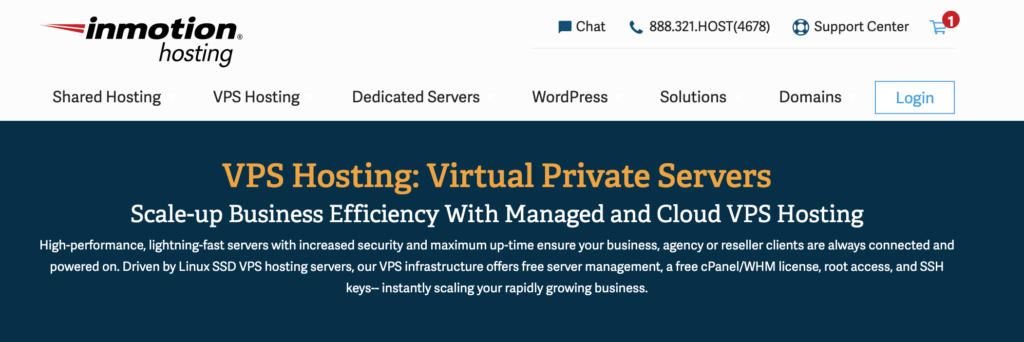
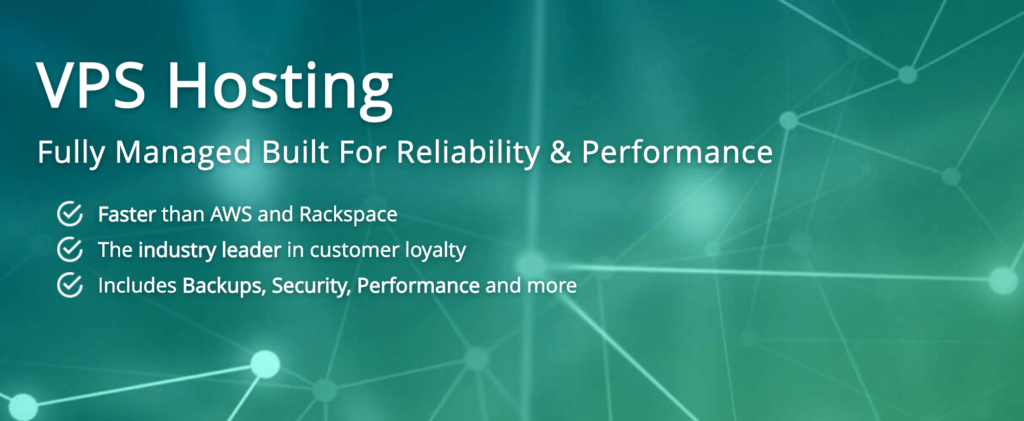
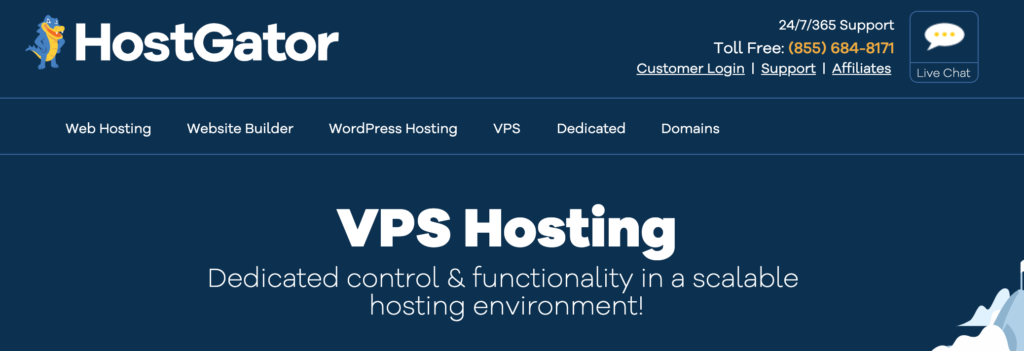
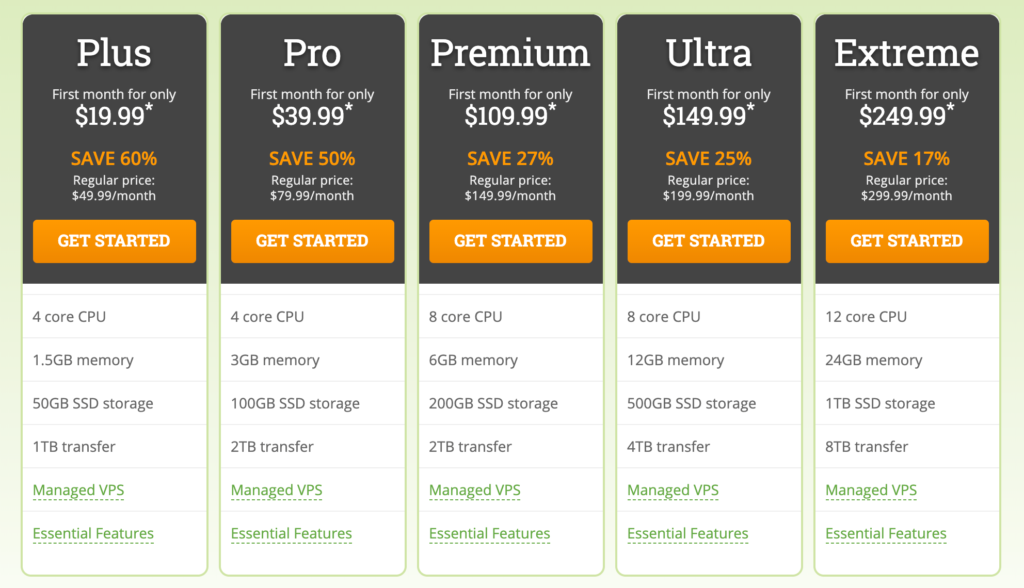

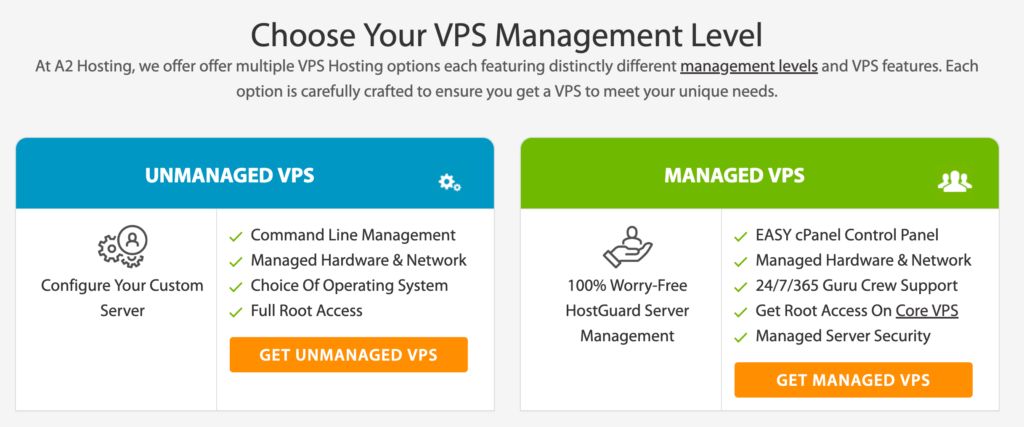
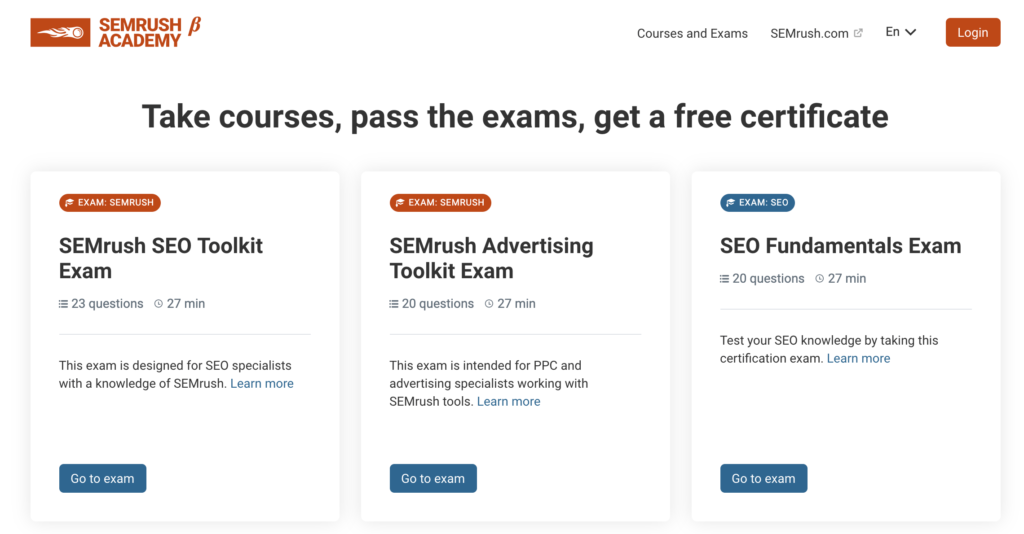

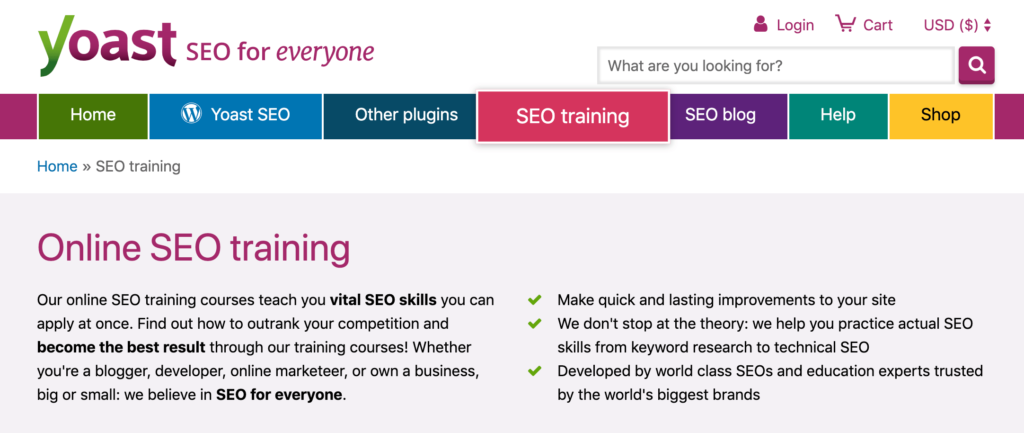
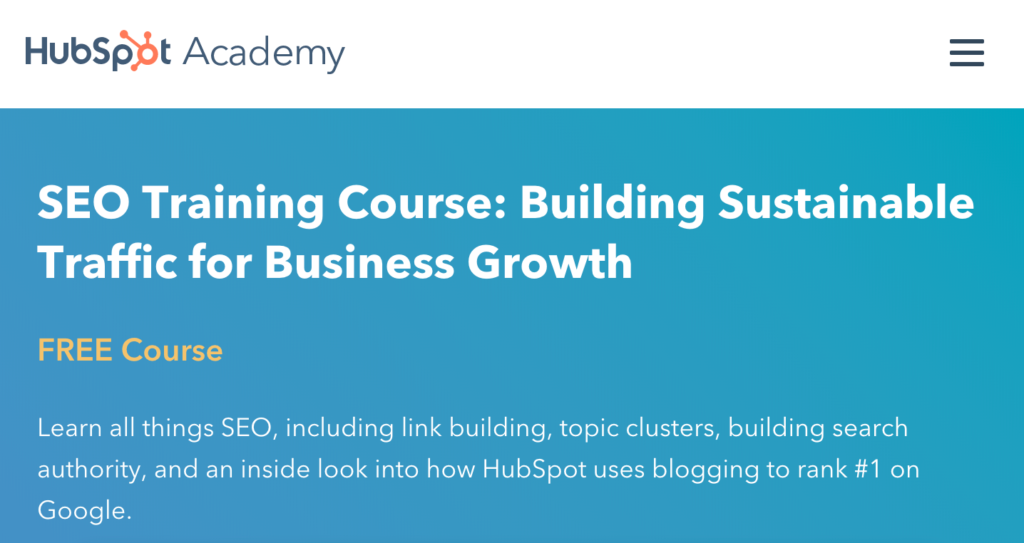

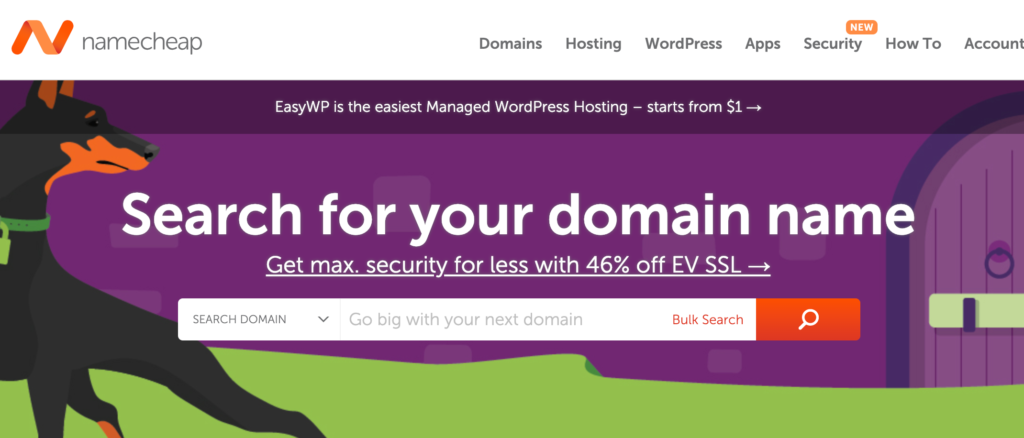
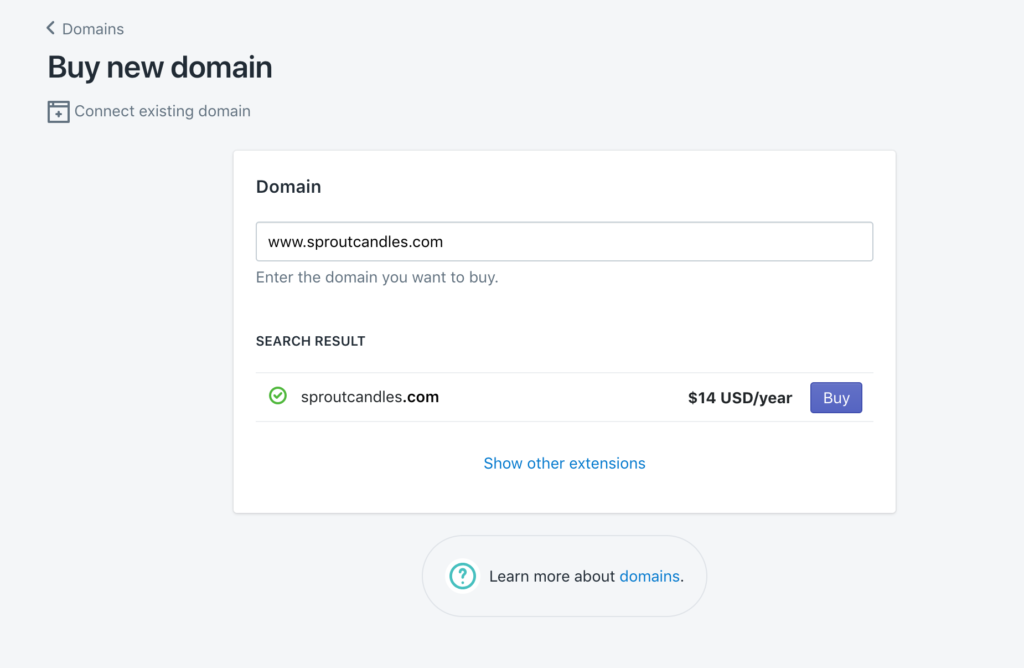
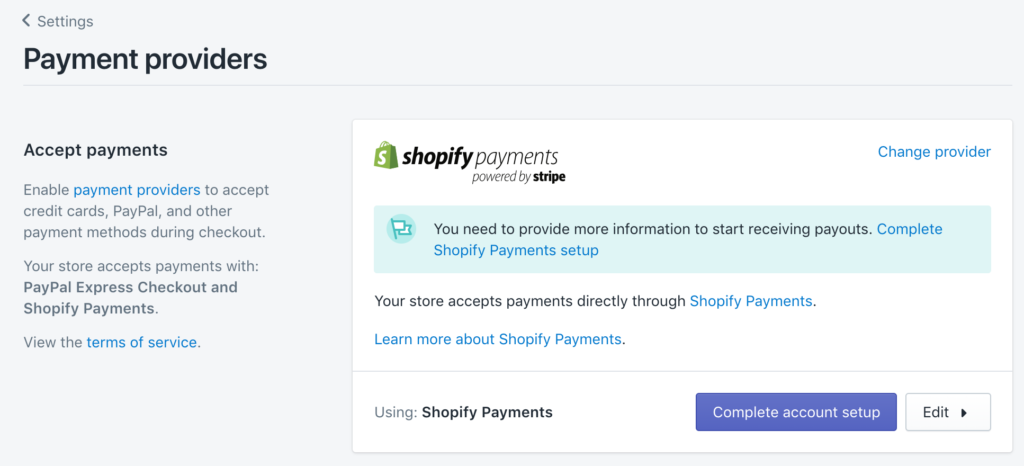
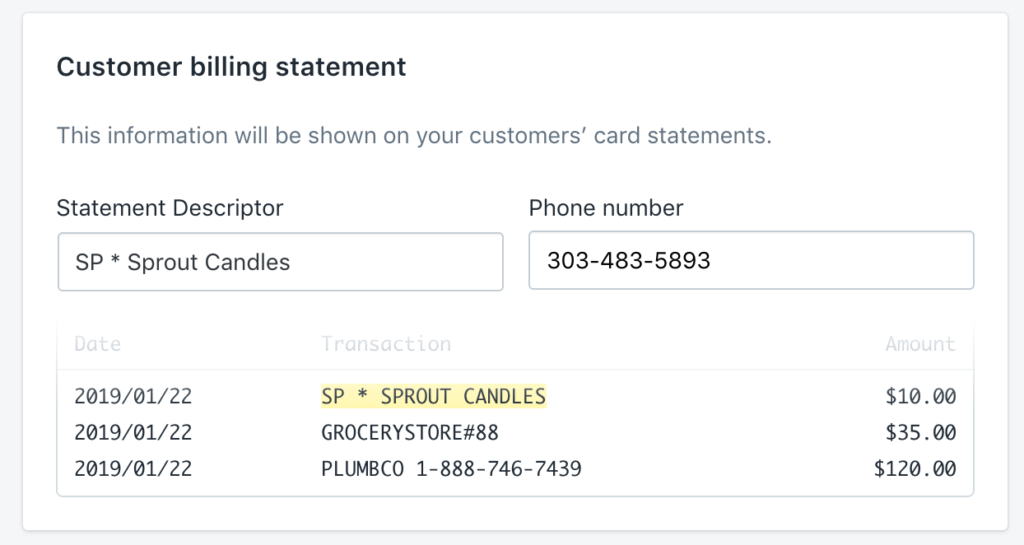


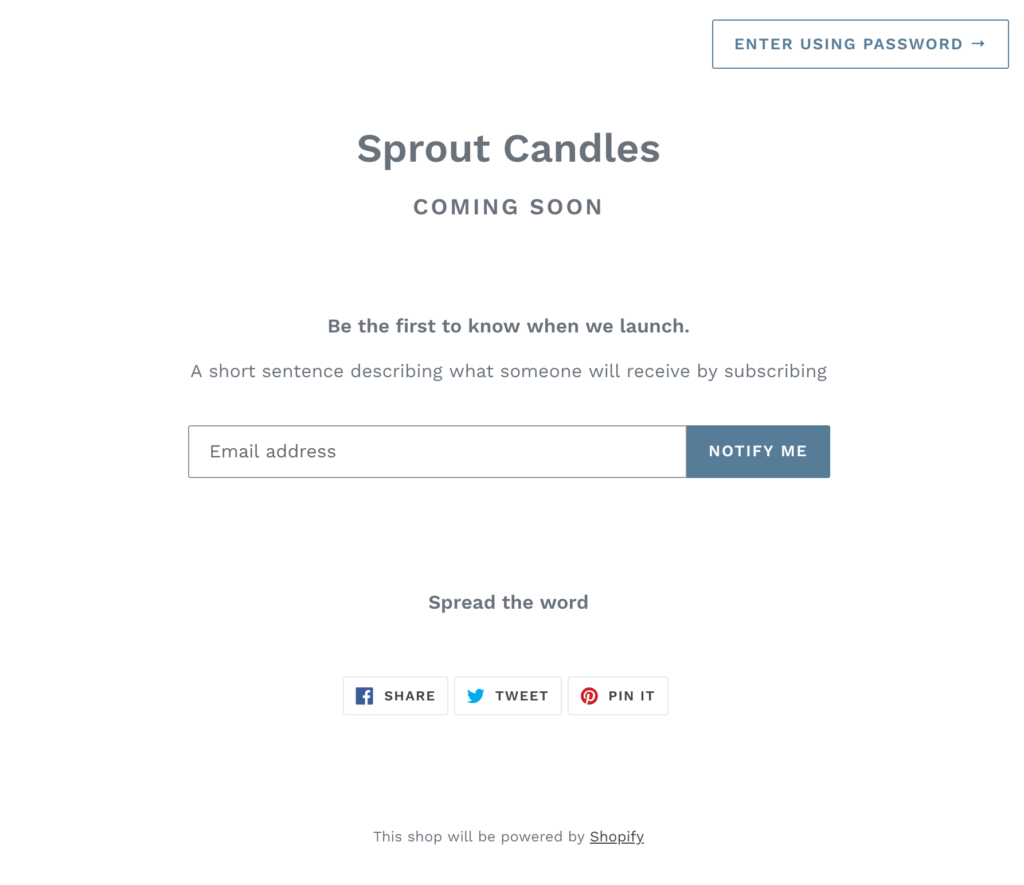
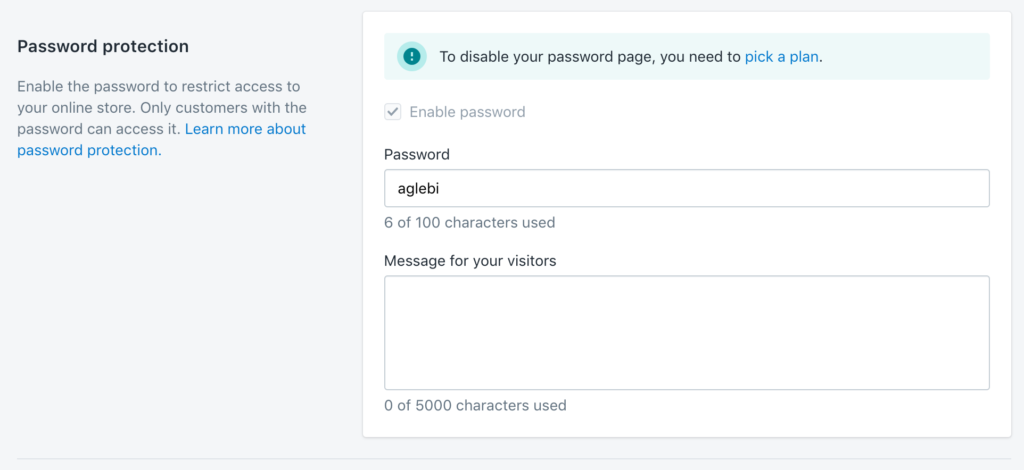
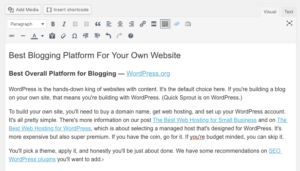
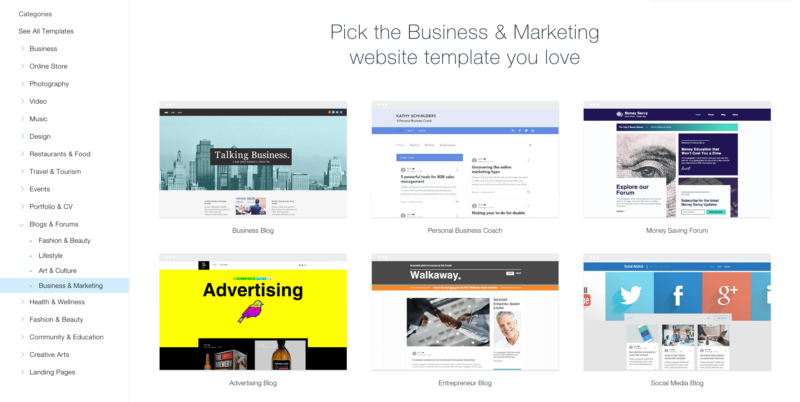
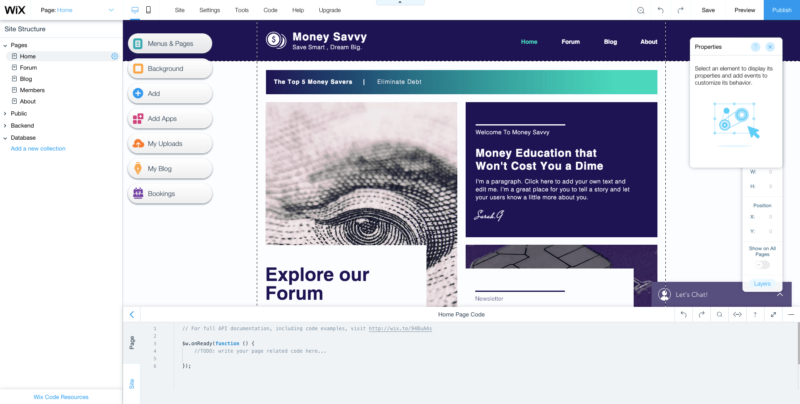
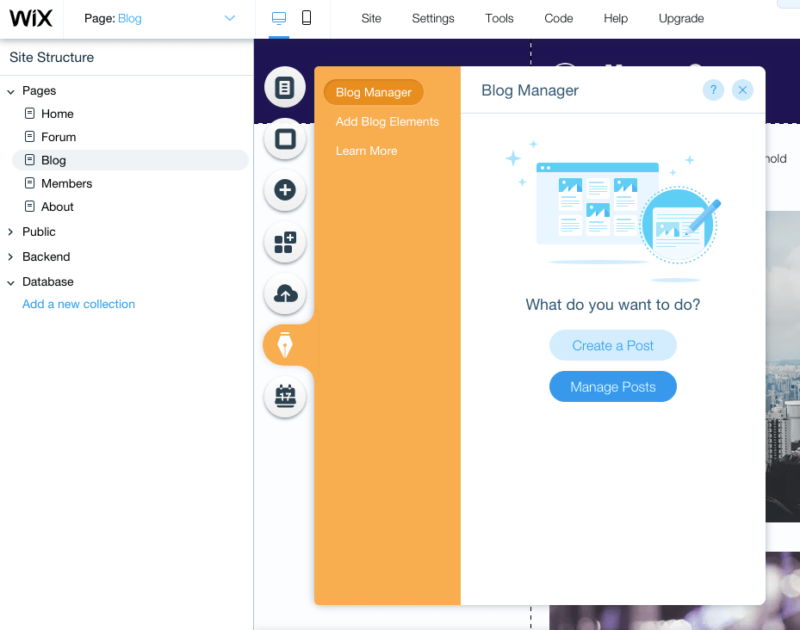
 At one point, there was some distinction between even longer blog platforms, but that’s dissipated by now.
At one point, there was some distinction between even longer blog platforms, but that’s dissipated by now.
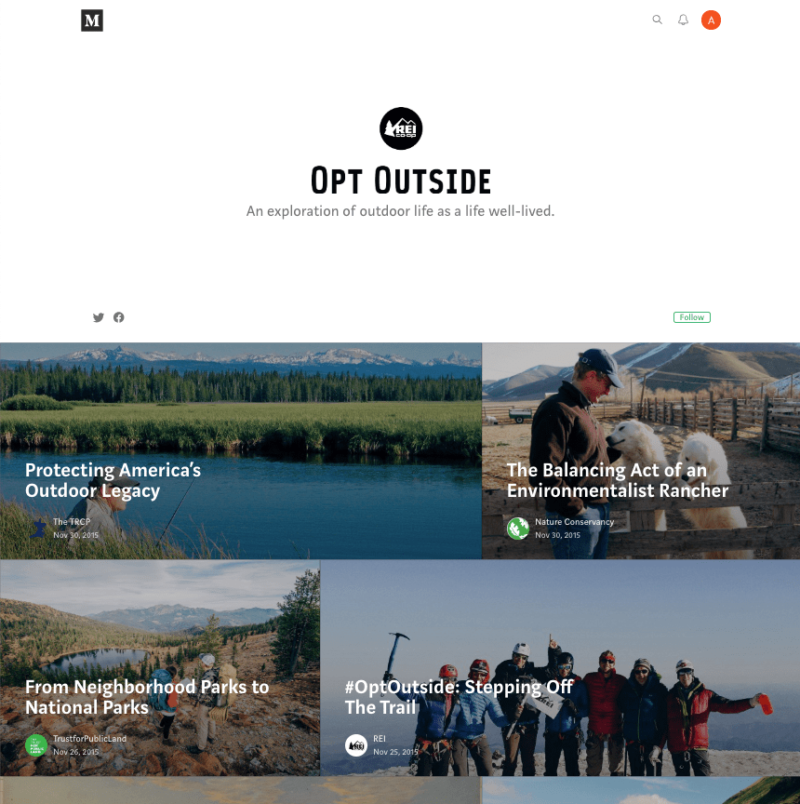 One is a simple chronological feed and the other is a designed page with useful menu options. When you create a publication like REI has you also unlock the ability to send a newsletter to all of your followers.
One is a simple chronological feed and the other is a designed page with useful menu options. When you create a publication like REI has you also unlock the ability to send a newsletter to all of your followers.